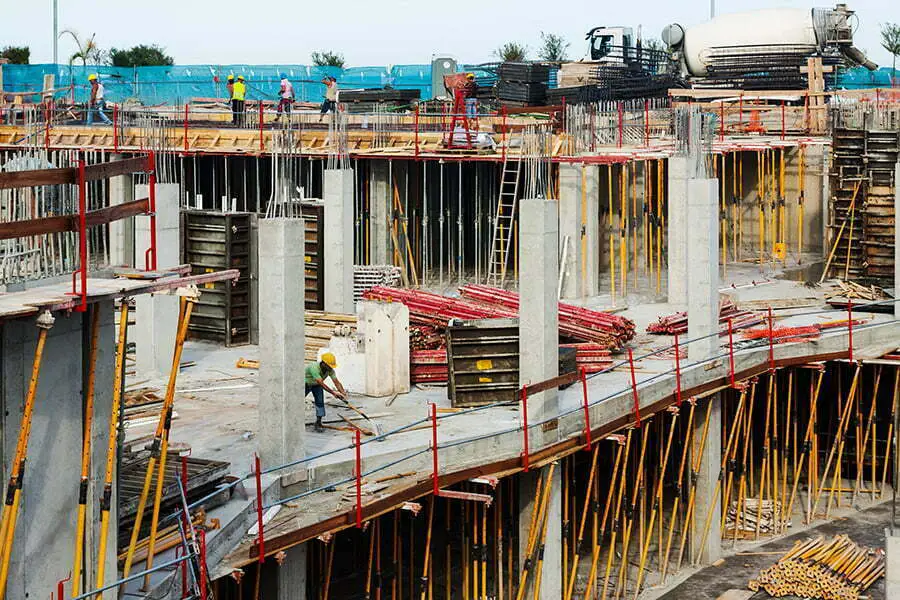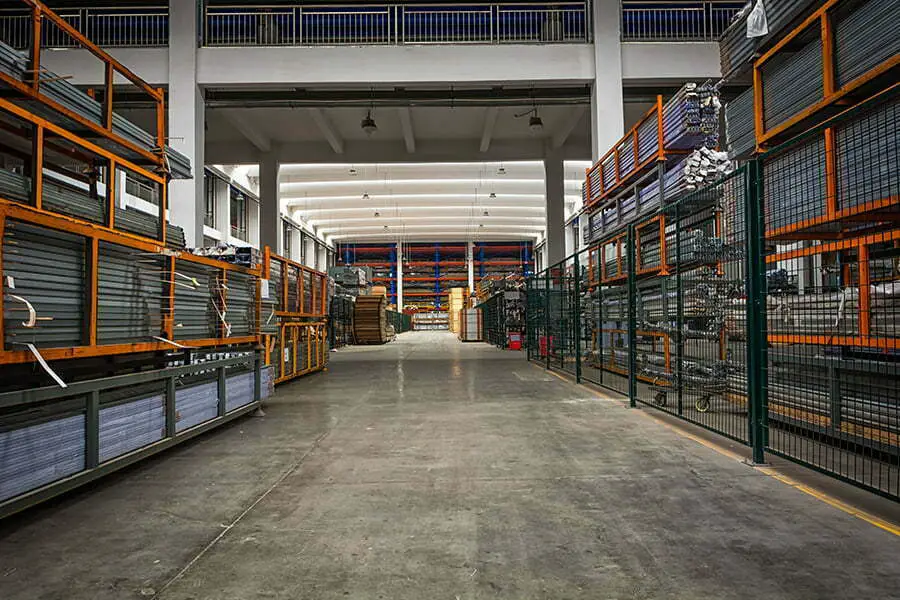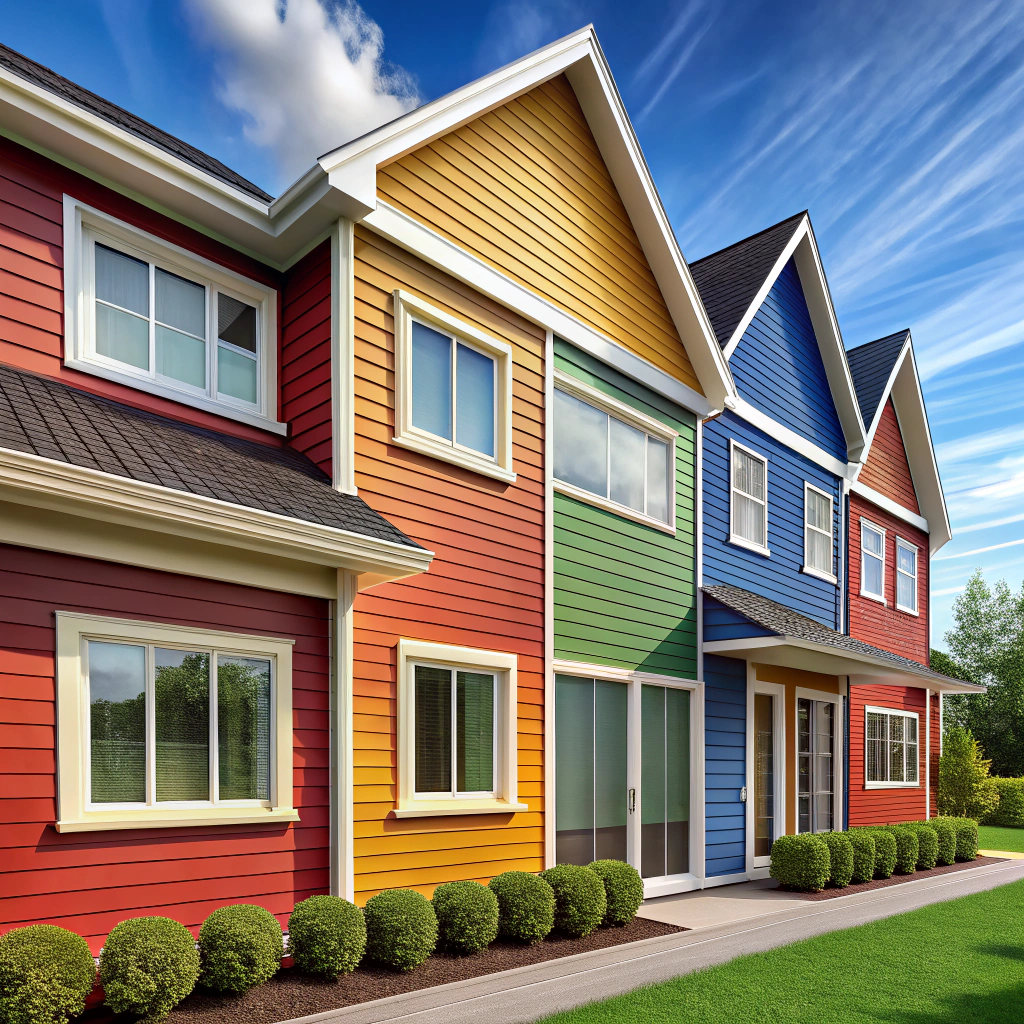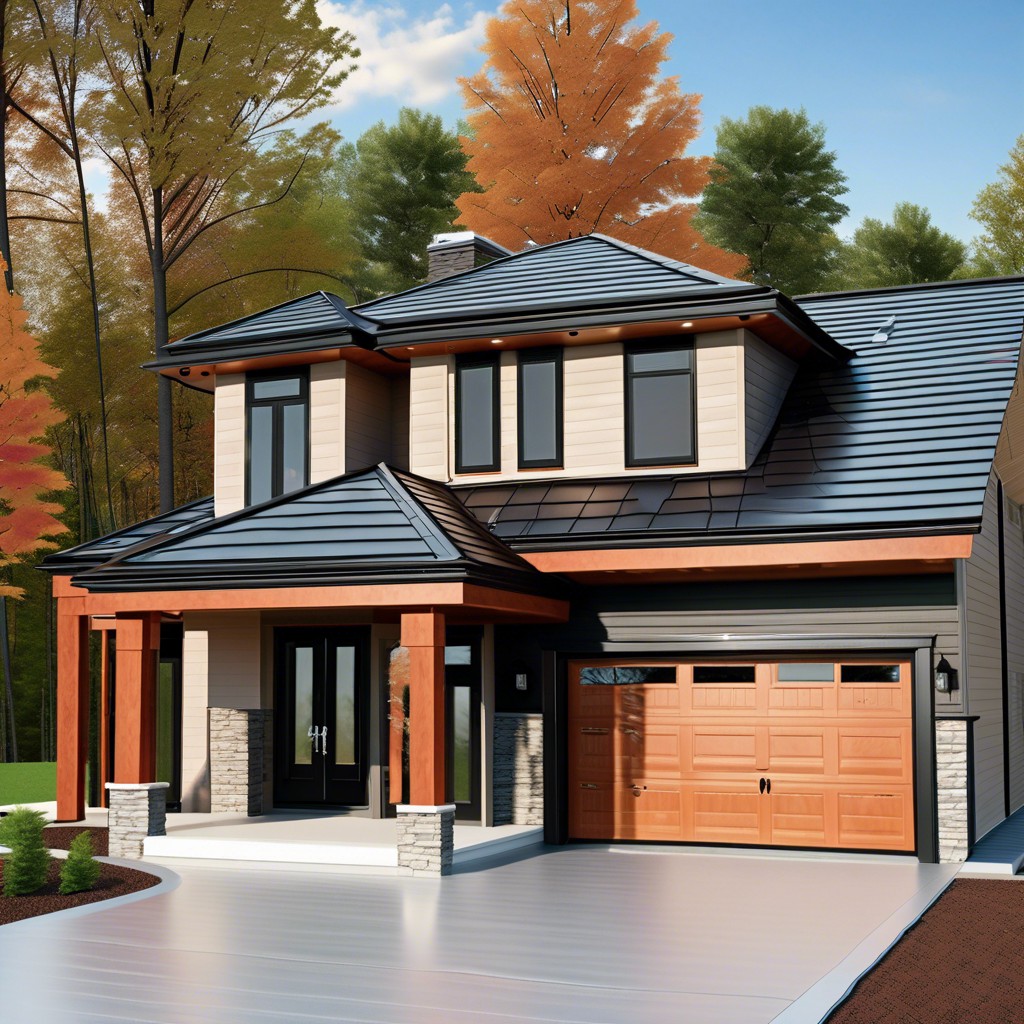Polymers used in building materials generally have better storage and shelf life than other materials, as they are more resistant to environmental factors such as temperature and moisture.
The storage and shelf life of different building materials can significantly impact a structure’s lifespan and quality. Polymers are increasingly used in the construction industry due to their strength, durability, and cost-effectiveness.
But how do polymers’ storage and shelf life compare to other materials? This blog post explores the differences between polymer-based building materials and traditional options like wood, metal, or stone. It also examines how proper storage techniques ensure that polymer products remain in top condition for as long as possible.
Polymer building materials generally have a longer shelf life than other materials, lasting up to several decades in some cases.
Key takeaways:
- Polymer building materials have a longer shelf life, lasting decades.
- Polymers can be stored for extended periods without degrading.
- Polymers are resistant to moisture and temperature changes.
- Polymers are less likely to degrade due to UV light.
- Polymers offer advantages such as lightweight, durability, and versatility.
Building Material Longevity

Polymer building materials are a type of plastic often used for insulation or waterproofing purposes. They have become increasingly popular due to their durability and low cost compared to traditional building materials.
Polymer building materials have a longer shelf life than many other building materials because they are resistant to moisture and temperature changes. Thus, they can be stored for long periods without deteriorating. They aren’t damaged by environmental factors such as humidity or extreme temperatures.
Polymer building materials do not require regular maintenance like some other materials; this makes them an ideal choice for projects where longevity is essential.
Storage

Storage of polymer building materials is an essential factor when selecting a material for a construction project. Polymers are generally more durable than other materials and can be stored for extended periods without degrading or becoming unusable.
They are also less susceptible to damage from moisture, temperature changes, and other environmental factors. This makes them ideal for long-term storage in warehouses or construction sites where they may not be used immediately.
Polymers can often be recycled or reused after their initial use, making them an environmentally friendly choice.
Shelf Life
Shelf life is the amount of time a product can be stored before it deteriorates or becomes unusable. Regarding building materials, shelf life refers to how long a material can remain in storage without losing its structural integrity or becoming unsafe for use.
Polymer building materials have an advantage over other materials regarding shelf life because they are more resistant to environmental factors such as moisture and temperature changes.
This means that polymer building materials can often be stored for more extended periods than other building materials without compromising their quality or safety.
Polymers are also less likely to degrade due to UV light, making them ideal for outdoor applications where they may be exposed to direct sunlight for extended periods.
Impact of Temperature and Humidity On Polymer Storage
Temperature and humidity play a crucial role in the storage of polymers used in building materials. These factors can significantly impact the performance and shelf life of polymers.
High temperatures can accelerate chemical reactions within the polymer, leading to degradation and reduced mechanical properties. Similarly, high humidity levels can cause moisture absorption by the polymer, resulting in swelling or softening.
To mitigate these issues, it is essential to store polymers at controlled temperatures and relative humidity levels recommended by manufacturers. Typically, storing them below their glass transition temperature (Tg) helps maintain their stability over time.
Furthermore, packaging also plays a vital role in protecting polymers during storage. Properly sealed containers or bags with low permeability prevent exposure to external elements such as moisture or oxygen that could degrade the material.
Evaluation of Polymer Degradation and Their Effect On Building Materials
Over time, various environmental factors can cause polymers to degrade, leading to changes in their physical and chemical properties. This degradation can have significant effects on the performance and durability of building materials.
One common cause of polymer degradation is exposure to ultraviolet (UV) light. UV radiation from sunlight can break down the polymer chains, resulting in reduced strength, flexibility, and color fading.
To mitigate this issue, manufacturers often incorporate UV stabilizers into polymer formulations or apply protective coatings that shield against harmful UV rays.
Temperature fluctuations also play a role in polymer degradation. High temperatures accelerate chemical reactions within the material while low temperatures may make it more brittle or prone to cracking over time.
Proper storage conditions are essential for preserving the integrity of polymers used in construction applications.
Humidity levels should also be carefully controlled during storage as excessive moisture can lead to hydrolysis – a process where water molecules react with certain types of polymers causing them to weaken or lose their structural integrity.
To evaluate how different environmental conditions affect polymer stability over time, accelerated aging tests are conducted under controlled laboratory settings using elevated temperature chambers equipped with humidity control mechanisms as well as specialized equipment for simulating UV exposure.
UV Light Exposure: How It Influences Polymer Longevity
Polymers, such as plastics and elastomers, are susceptible to degradation when exposed to UV radiation from sunlight. This degradation process is known as photodegradation.
When polymers are exposed to UV light, the energy from the photons causes chemical reactions within their molecular structure. These reactions can lead to chain scission, cross-linking, or oxidation of polymer chains.
As a result, the physical properties of the polymer may change over time.
One common consequence of UV-induced degradation is color fading or yellowing of polymers. This occurs due to changes in chromophores present in their chemical structure that absorb and reflect different wavelengths of light.
In addition to color changes, prolonged exposure to UV radiation can also cause loss in mechanical strength and flexibility for certain types of polymers used in construction materials like roofing membranes or window frames.
To mitigate these effects and improve polymer longevity against UV damage various strategies have been developed including incorporating ultraviolet stabilizers into polymer formulations which help absorb harmful rays before they reach underlying structures thus reducing potential damage caused by photochemical processes induced by sunlight exposure.
Innovations in Polymer Stabilization Techniques
Over the years, significant advancements have been made in this field to enhance the storage and shelf life of polymers used in construction.
One notable innovation is the development of antioxidant additives. These additives help prevent oxidation reactions that can lead to polymer degradation over time.
By inhibiting or slowing down these reactions, antioxidants effectively extend the shelf life of polymers.
Another technique involves incorporating UV stabilizers into polymer formulations. These stabilizers act as a shield against harmful ultraviolet (UV) radiation from sunlight, which can cause discoloration, embrittlement, and other forms of deterioration in polymers exposed to outdoor environments.
Furthermore, researchers have explored nanotechnology-based solutions for improving polymer stability. Nanoparticles such as clay minerals or metal oxides are added to polymer matrices during manufacturing processes.
This addition enhances mechanical strength while also providing resistance against environmental factors like moisture absorption and thermal degradation.
Advances have been made with respect to encapsulation technologies for active ingredients within polymeric coatings or films applied on building materials’ surfaces. This approach helps protect both interior and exterior components from various degrading agents by creating an additional barrier layer that slows down their penetration into underlying substrates.
Advantages of Polymer Based Building Materials Over Conventional Options
Firstly, polymers are lightweight, making them easier to handle and transport compared to heavier traditional materials like concrete or steel. This not only reduces labor costs but also allows for faster construction times.
Secondly, polymers have excellent durability and resistance properties. They can withstand harsh weather conditions such as extreme temperatures, high humidity levels, and UV radiation without deteriorating or losing their structural integrity.
This makes them ideal for outdoor applications where exposure to the elements is a concern.
Polymer-based building materials are highly versatile in terms of design possibilities. They can be molded into various shapes and sizes during the manufacturing process which allows for greater flexibility in architectural designs.
Polymers also come in a wide range of colors and finishes that can mimic other natural materials like wood or stone while offering superior performance characteristics.
Furthermore, using polymer-based building materials often results in improved energy efficiency due to their excellent insulation properties. These materials provide better thermal insulation than many conventional options which helps reduce heating and cooling costs throughout the lifetime of a structure.
Lastly, polymers are known for their low maintenance requirements compared to traditional alternatives such as wood or metal that may require regular painting or sealing treatments over time. Polymer-based building products typically have longer lifespans with minimal upkeep needed beyond routine cleaning.
These advantages make polymer-based building materials an attractive choice for construction projects seeking cost-effective solutions with enhanced durability, versatility, energy efficiency, and reduced maintenance needs.
FAQ
What is the shelf life of polymers?
The shelf life of most polymers, when stored in unopened original containers at temperatures less than 25°C, is approximately 12 months from the date of manufacture.
Why are polymers important in construction?
Polymers play a crucial role in construction due to their exceptional physical and chemical properties that make them ideal for applications such as wall insulation, wiring and cabling, drainage pipes, and insulation layers in water supply pipes.
What polymer is used as a building material?
The polymer that is predominantly utilized in the construction industry is Polyvinyl Chloride (PVC).
What are storage polymers?
Storage polymers are substances utilized by organisms for growth when external substrates are lacking, allowing these organisms to maintain a balanced growth.
How do environmental conditions affect the performance of polymers in construction?
Environmental conditions such as temperature, humidity, and UV radiation significantly influence the durability, strength, and flexibility of polymers used in the construction industry.
What are the potential impacts of polymers on environmental sustainability in the construction industry?
The potential impacts of polymers on environmental sustainability in the construction industry include their long life span preventing material waste, but also their non-biodegradability posing waste disposal challenges.
What are the recent advancements in polymer technology that benefit the construction sector?
Recent advancements in polymer technology that benefit the construction sector include the development of high-performance materials like self-healing concretes, stronger insulation, flexible concrete, and lightweight polymer composites, which enhance resilience, energy-efficiency, and sustainability in building designs.
Recap




